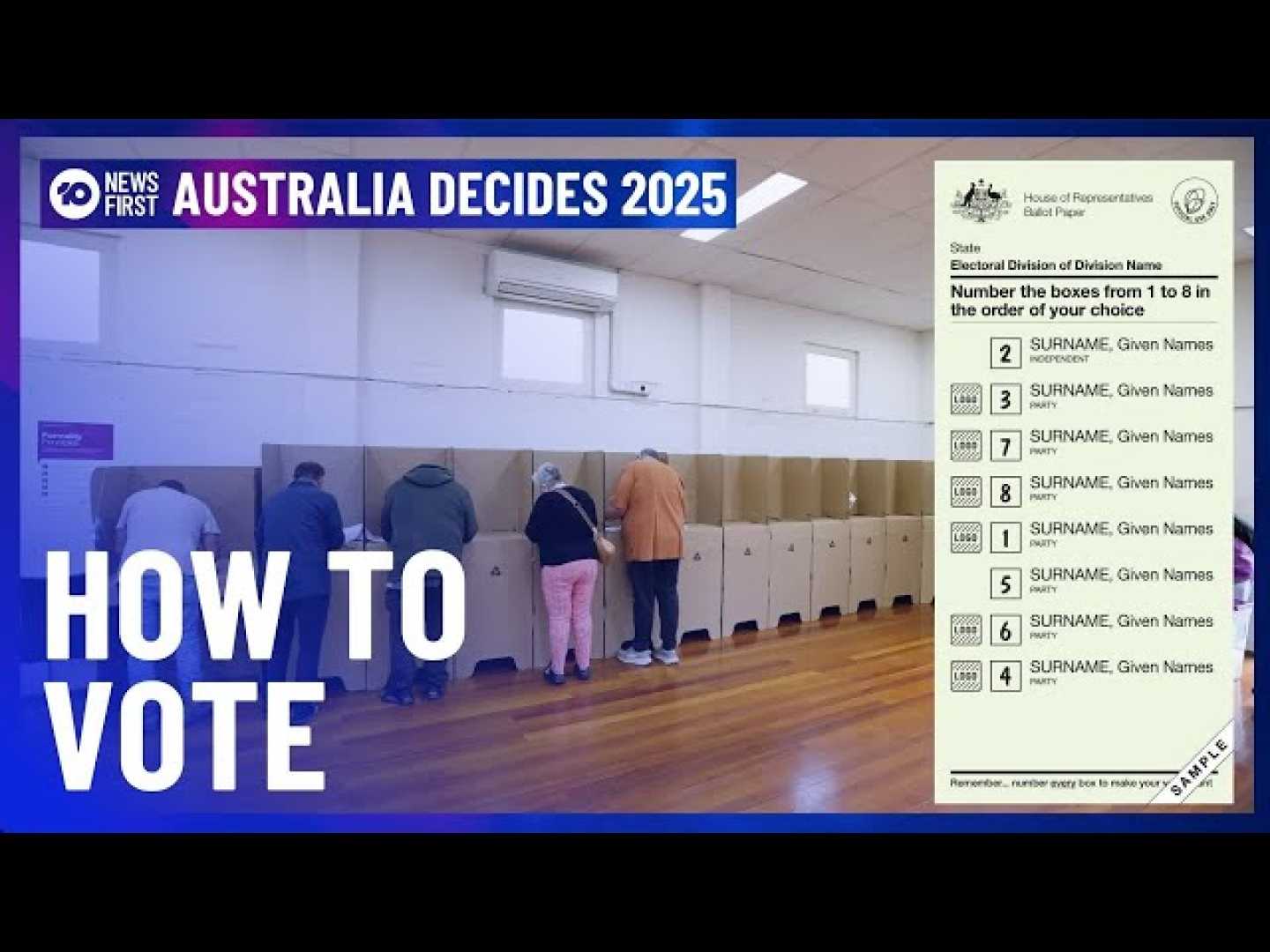Politics
Australia’s Election: Voters Face Choices Amid Global Challenges

Brisbane and Sydney, Australia — Australians are casting their final votes on Saturday in a national election campaign closely watched for signs of a Donald Trump-inspired shift against conservative candidates. Prime Minister Anthony Albanese of the Labor Party is in a fierce contest against Peter Dutton’s Liberal Party, which promises to steer the country ‘back on track’ after three years of opposition.
Pre-election polls indicated a favorable outcome for Labor, but Australia’s unique preferential voting system muddles predictions for the 150-member House of Representatives. Analysts are particularly attentive to any backlash against conservative candidates related to U.S. President Trump’s influence.
The country’s 18 million registered voters have engaged actively, with nearly half voting before election day. Australians fulfill their compulsory voting obligations under the threat of fines if they do not show up. Polling stations often resemble community fairs, featuring “democracy sausages” — a sausage served on bread with sauce, a tradition that has grown in popularity.
‘As long as you’re showing up anyway, why not connect with the community through the fair-like atmosphere of a sausage sizzle?’ said Alex Dawson from the Democracy Sausage Team.
The campaign has witnessed a struggle for votes focusing on tax cuts, rebates, and relief measures in response to cost-of-living issues. While domestic concerns like housing and health remain essential, this election has been impacted by international events, particularly Trump’s tariff announcements that unsettled global markets.
Labor has emphasized its steadiness, arguing that the Australian economy is improving, citing a recent drop in inflation to 2.9%, the lowest since late 2021. In contrast, Dutton has linked the rising inflation to the actions of the incumbent government, questioning if Australians feel they are ‘better off’ than three years ago.
Both parties have proposed measures to assist first-time homebuyers, although experts warn these might drive home prices higher. Additionally, a notable shift sees younger voters eclipsing older demographics, likely augmenting support for minor parties and independents.
Social media plays a crucial role in the campaign, according to Andrea Carson, a political communication expert. ‘Instagram and TikTok are largely taking over the space that Facebook once occupied,’ she said. However, the lack of regulation on political advertising has led to questionable claims and negative campaigning.
New Teal independent candidates, advocating for climate action and integrity, are also garnering attention, potentially reshaping the political landscape as voters respond to previous conservative governance failures.
As the polls close at 6 p.m. local time, election observers anticipate a long evening of results, hoping for clear outcomes that could indicate either a continued Labor government or a surprising return of the conservative coalition.












